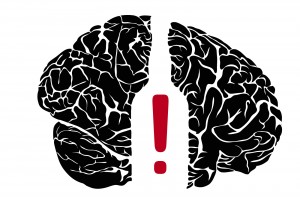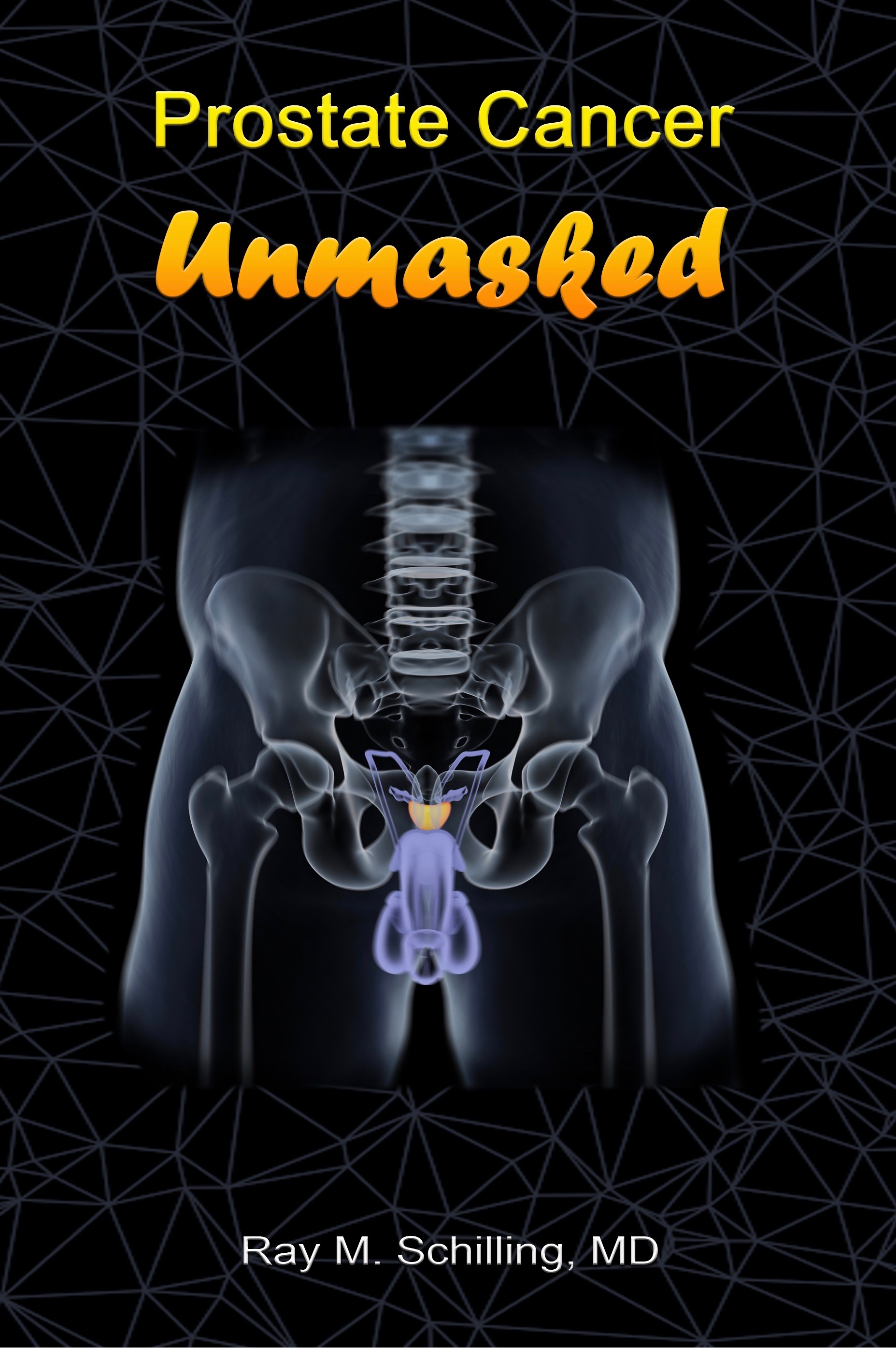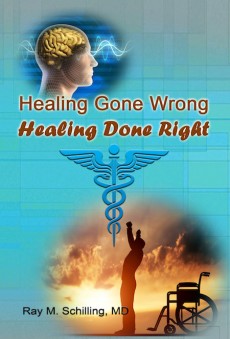In an editorial of the October 2019 edition of LifeExtension William Faloon explained that omega-6 fatty acids compromise your health. He focused particularly on memory loss and the development of Alzheimer’s disease.
After a review of the medical literature he noted that Americans are eating too many foods that are laden with omega-6 fatty acids. Part of it is due to food processing with the wrong oils ). But the other problem is that processed foods also are full of omega-6 fatty acids. The merchants like omega-6 fatty acids, because they prolong the shelf life of products. But recent evidence shows that a high ratio of omega-6 to omega-3 ratio in our food can interfere with our memory and may even lead to dementia.
Evidence that omega-6 fatty acids are interfering with brain function
A recent publication analyzed 116 non-demented subjects aged 69 on average.
Blood tests were taken where 32 nutrients related to a Mediterranean diet were analyzed. In addition the researchers from the University of Illinois did functional MRI scans to assess higher brain function. The researchers also did cognitive tests to assess mental functioning.
- The results of these experiments showed that higher lycopene levels had an association with better memory and higher executive function.
- Subjects with higher carotenoids and trans lutein showed higher intelligence on testing.
- B-vitamins that reduce homocysteine (vitamin B2, folate and vit. B12) and vitamin D showed an association with better executive functioning.
- Two parts of memory testing showed that a proper balance of omega 6 to omega 3 ratio resulted in a better memory.
- Higher omega-3 levels in the blood associated with higher overall intelligence and better executive function.
Impact of omega-6 on brain function
Researchers have proven that omega-3 fatty acids can help controlling inflammation in the body. This can prevent cardiovascular disease and neurodegenerative disorders like Alzheimer’s disease. However, our western food contains a surplus of omega-6 fatty acids, which causes inflammation in the body. It depends on our food choices, but it also depends on the preparation of the food. One chicken leg with skin contains about 1800 mg of omega-6 fatty acids. The process of deep-frying the same chicken leg increases the content to 4322mg of omega-6.
One deep fried KFC chicken breast with skin has 12,663 mg omega-6 fatty acids The reason is that a lot of the deep-frying oil is full of omega-6 fatty acids.
Cooking oils
Here is a run down of cooking oils. All of the cooking oils have a different mix of omega-3 and omega-6 fatty acid composition. Many also contain oleic acid, which is an omega-9 fatty acid.
Researchers have proven that omega-3 fatty acids can help control inflammation in the body. This can prevent cardiovascular disease and neurodegenerative disorders like Alzheimer’s disease.
As it is obvious from the table in the second last link olive oil contains 71.27% oleic acid, 9.76% omega-6 and 0.76% omega-3. It is the content of the majority of oleic acid (omega-9), which makes olive oil such healthy oil. Only two table spoons of olive oil per day will prevent heart attacks and strokes because oleic acid lowers the bad LDL cholesterol and increases the good HDL cholesterol. Olive oil removes beta-amyloid plaques inside the brain, which means it prevents Alzheimer’s disease.
Recommendation of best cooking oil
Considering that olive oil has such powerful healing properties, I recommend that you cook and bake with olive oil. Also use olive oil as part of your salad dressing. On the other hand avoid these oils: corn oil, sunflower oil, soybean oil, cottonseed oil and safflower oil. They contain too much inflammatory omega-6 fatty acids.
Our western food contains a surplus of omega-6 fatty acids, which causes inflammation in the body. It depends on our food choices what is in the food. But it also depends on the preparation of the food. One chicken leg contains about 1800 mg of omega-6 fatty acids. When it is deep fried with skin it contains 4322mg of omega-6.
One deep fried KFC chicken breast with skin: 12,663 mg Omega-6 fatty acids. One of the reasons is that a lot of the deep-frying oil is full of omega-6 fatty acids.
Math to calculate retained omega-6 from deep-frying
You notice that many cooking oils are high in omega-6. Soybean oil has 50.42% omega-6 in it. If you cook French fries or chicken in it and the food retains only 1 teaspoon of oil in it, that’s 5000 mg times 50.42%, which is 2521 mg of omega-6 added just from deep-frying your food.
Balancing omega-6 and omega-3 fatty acids
Omega-6 fatty acids are essential fatty acids that are mainly used for energy. But the problem is that in our western diet too many omega-6 fatty acids are in our food. Omega-6 fatty acids can be converted into arachidonic acid, which causes inflammation. This in turn can cause heart attacks and strokes on the one hand and arthritis on the other hand. In the past a healthy ratio between omega-6 and omega-3 was 4:1 or less. The average American now eats food with 16-times the amount of omega-6 fatty acids than omega-3’s. This is an omega-6 to omega-3 ratio of 16:1.
KFC chicken breast example
In the example of a KFC chicken breast with skin 12,663 mg omega-6 fatty acids are consumed. To balance this with omega-3 fatty acids the person would have to consume 3166 mg omega-3 fatty acids. One serving of wild salmon provides 2000 mg of omega-3. I take 3600 mg of molecularly distilled fish oil every day as a supplement (2 capsules in the morning and 2 at night). Together with the wild salmon this is 5600 mg of omega-3. This would result in an omega-6 to omega-3 ratio of 2.26:1, which is considered to be well balanced. But generally people do not consume so much seafood and fish oil supplements to balance the omega-6 fatty acids with omega-3. It comes down to be selective with your food choices.
Prevention of Alzheimer’s disease (dementia)
Since the mid 1980’s dementia cases have reduced by an average of 25%.
This is because people have become more conscious of healthier eating habits and supplements. More people take lycopene, a carotenoid supplement that helps prevent heart disease. Whatever helps the heart also helps the brain. Omega-3 supplements and consumption of seafood, especially wild salmon, is also useful. If people will reduce their omega-6 to omega-3 ratio to 4:1 or less, which too can help prevent Alzheimer’s disease.
Study to show that omega-3 fatty acids preserve the brain in older age
The following study looked at brain structure using MRI scans. 3660 participants aged 65 received MRI brain scans. The researchers recorded their food intake with questionnaires. They rescanned 2313 of these individuals 5 years later. The group highest in omega-3 consumption was compared to the group with the lowest omega-3 consumption. Blood tests were also done both initially and 5 years later to verify the omega-3 intake. The researchers found that the higher omega-3 group had less subclinical infarcts and the white matter of the brain was of a better grade. They concluded that fish consumption, the major source of omega-3 fatty acids, had a beneficial effect on brain health later in life.
Conclusion
Omega-6 fatty acids are abundantly present in junk food, deep fries, processed foods and polyunsaturated oils like corn oil, sunflower oil, soybean oil, cottonseed oil and safflower oil. Because food processors like the long shelf life of processed food made with these oils, people’s intake of omega-6 fatty acids has been climbing. Now the omega-6 to omega-3 ratio regarding the average American food consumption is about 16:1. It should be 4:1 or less. It is important that you learn what contains omega-6 fatty acids and that you start cutting down. You do need a certain amount of omega-6 fatty acids for cell energy, but most people do not get enough marine based omega-3 fatty acids. Wild salmon and other seafood provides omega-3 fatty acids.
Balancing omega-6 with omega-3
I have shown using an example how you can balance omega-6 and omega-3. Having the right ratio of omega-6 to omega-3 will also help you prevent dementia down the road. Consuming more olive oil can prevent heart disease and dementia as well. This contains oleic acid (an omega-9 fatty acid), which lowers LDL cholesterol and raises HDL cholesterol.












